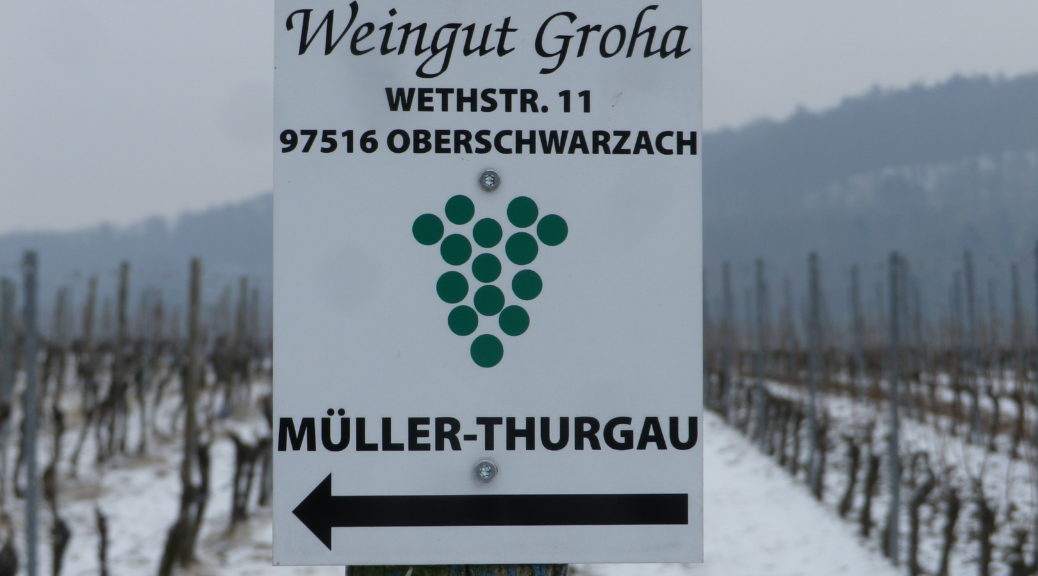What I Learned:
The Franconian Wine Region in Germany has three distinct wine districts: the famous Maindreieck passing Wuerzburg, the Mainviereck, and the Steigerwald. Unlike the first two, the Steigerwald wine district is not located along the Main River. This means that the climate-moderating effects of a river do not apply here. And since here is in south-central Germany, winter weather can last for longer, with spring weather arriving later, and fall weather arriving earlier, than elsewhere in this region.
There are six major Franconian white grape varietals.
The Silvaner varietal has been grown in the Franconia area since the 17th century, and is one of the more important varietals for this area. Many locals prefer Silvaner wines over Riesling wines. However, Riesling is the most planted varietal in Germany, as well as Franconia, and many Riesling wines from Franconia take on a more minerally flavor. Mueller-Thurgau is hybrid varietal, also known as Rivaner. It produces a light, fruity wine with mild acidity. The Kerner varietal is important here as it does well against frost – important in this area away from the Main River. Bacchus is a newer hybrid, designed to ripen early. It is often used in blends.
But Scheurebe is especially famed in the Steigerwald area. This hybrid is also known as Saemling 88 (literally, Seedling 88). The name Scheurebe itself comes from the name of its breeder, the early 20th century viticulturalist Dr. Scheu; and the German word for grape: Rebe. One of its parents is Riesling, but the other is uncertain. These vines are not only resistant to frost, but also tend to ripen early: two important considerations for vintners in this area. They also tend to have high sugars. Wines from fully ripened Scheurebe from this varietal find particular favor and renown in this area because if vinified at a high quality level (Praedikat or above), they will be slightly sweet-tasting, with flavors of honey and blood orange or red grapefruit, yet powerful. An intriguing and unique wine to savor and remember.
What I Tasted:
2015 Bacchus, Kammerforster Teufel, Deutscher Qualitaetswein, Halbtrocken, Weingut Johannes Pfister (Kammerforst): An off-dry white wine with medium plus gold color; a creamy and citrus nose, with grapefruit and slight lemon flavors.
2015 Mueller Thurgau, Handthaler Stollberg, Deutscher Qualitaetswein, Trocken, Weinbau Ruppenstein (Oberschwarzach): A dry white wine with medium plus gold color; a sharp peach nose, with vanilla, peach and citrus flavors; medium plus acidity.
2015 Kerner, Oberschwarzacher Herrenberg, Deutscher Praedikatswein, Kabinett, Weinbau Ruppenstein: A dry white wine with medium plus gold color; a white stone fruits and toasted nuts nose, with vanilla, and white stone fruits flavors; medium acidity with a smooth but surprisingly tangy, finish.
